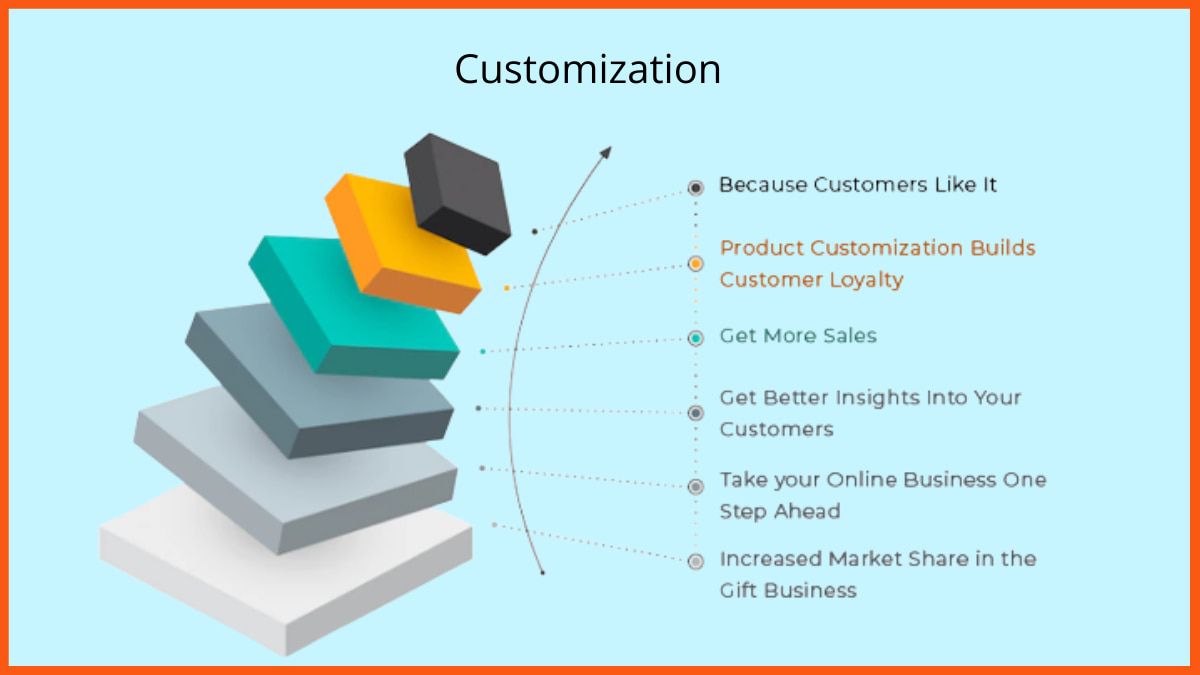As an E-commerce store owner, you may be tempted to believe that product selection, order fulfillment, and a well-built site are only essential for running a successful online store.
While these common factors are important, there is one more crucial element that often gets neglected by most – the site’s search feature. Visitors who use the store’s search feature have a higher buying intent; hence, the search feature generally contributes considerably to the total revenue.
But since online shoppers are becoming pickier, you cannot afford to lose them by offering a basic search feature in your online store. If you want visitors to make purchases, you must provide them with a seamless navigation experience paired with relevant results and clear product information. It can be achieved by incorporating modern E-commerce search functionality in the store.
Intelligence autocompletes suggestions, proactive assistance, personalization, NLP, and custom stemming algorithms are a few ways to optimize the site’s search feature for the best results. Want to know how you can make the most from the site’s search feature? Read till the end.
Use of NLP to Render Relevant Product Results
Data Processing
Zero Results Page
Autosuggest/Autocomplete
Enable Search Solution
Allow Users to Search by Product Image
Optimize Search Solution
Use of NLP to Render Relevant Product Results

For the uninitiated, Natural Language Processing (NLP) can be best defined as a computer program’s ability to understand human speech as it is spoken. The best example of NLP can be Amazon’s Alexa and Siri. They understand human command and interpret it to perform or deliver the required action. Something similar can be applied to an E-commerce store.
Integrating NLP into your site’s search algorithm can extract more relevant product results based on consumer searches. Accuracy is the keyword here. Since searches can be complex, E-commerce site search solutions must be smart enough to differentiate and understand various queries.
One example of it can be item plus attribute searches. Farfetch, a well-known, premium E-commerce store, has used NLP to render relevant search results to visitors.
When you search for women’s shoes in this store, the site displays a range of shoes as the results. Sandals, sneakers, and slides are some types of shoes shown in the result. What is worth noticing is none of the product titles lists ‘shoes’ as a keyword.
Yet the search engine was smart enough to understand what the user is trying to search. It is one of the best examples of NLP you can come across in the whole of E-commerce segment.

Data Processing

Data Processing is essential for an advanced E-commerce Search Solution. An online store with hundreds of products across categories will also have plenty of searchable data to organize and process. Product reviews, internal rankings, descriptions, titles, categories, and attributes are some data points that need processing. Mere indexing is not enough for a modern search solution.
To process data more meaningfully, you should start by converting poorly-structured data into organized structures by identifying specific patterns. The data should be cleaned, tagged, extracted, and optimized, so search engines can better understand long-tail complex queries.
The entire process should be well-automated to end human touch. Your aim as a seller should be to enable advanced data processing, so it works automatically with all the products 24*7. Every E-commerce store owner can learn data processing from BestBuy.
When you type in any long or complex query, like HP 16 GB RAM laptop, in its search bar, it processes its stacks of data and renders laptop suggestions that belong to the specific brand and possess the required feature, i.e., 16 GB RAM, in this example. It shows the search algorithm’s ability to juggle multiple specifications in a single search.
If you don’t process the data the correct way, your visitors can start seeing irrelevant product recommendations. It would help lower sales eventually.
Zero Results Page

Display Relevant Products on the Zero Results Page. Zero results page is a common sight on most E-commerce platforms. It often appears when a visitor types something in the search bar that cannot be found. If it’s a complex query that most find difficult to comprehend, it’s normal. But it’s a problem if the zero result pages appear because the online store’s search solution is poorly-designed.
As an online seller, you should ensure that the zero results page leads to relevant products related to the searched query, not blank screens. The store’s search engine solution has to be advanced enough to detect and suggest relevant products instead of stating the particular item wasn’t found.
It is an area where most E-commerce stores are lagging behind. Take Metro Shoes, for example. When you search for Adidas winter shows in the search bar, it leads you to a page with no results.
Had they displayed other Adidas shoes, the chances of the visitor making a sale would have gone much higher. If you want to go further, you can personalize the zero result page search recommendations based on the user’s browsing history.
Autosuggest/Autocomplete
Anticipate and Complete the User’s Search with Autosuggest/Autocomplete. Online stores offering hundreds of products should incorporate this feature in their search option. It makes shoppers’ buying process easier and faster. When the autosuggest/autocomplete feature recommends the relevant product, it saves visitors from slogging through different items to find what they want.
If you can give your visitors an autocomplete/autosuggest facility the way Amazon does, you can add a lot of money to the bottom line. It will contribute to an increased conversion rate. Another great way to boost user experience using a search solution is by recommending relevant products immediately after the keyword search has been autocompleted.
For best results, carry out specific customization work concerning certain features or your own line of products. Being stuck with the default search parameters will serve no purpose in the long run.
If you’re running out of inspiration and want to deliver a high-converting experience, divide the entire autosuggest/autocomplete section into four main parts: keyword suggestions, articles related to the keywords, main keywords in different categories, and product suggestions.
Enable Search Solution

Enable the Search Solution to Distinguish Between Synonyms. Last on the list is being able to distinguish between synonyms. Let’s understand this with an example from Flipkart. When you search for dark bombers on Flipkart, its search algorithm understands the query and runs through the vast database, including studying the pictures.
As a result, it displays products of dark colors, like navy blue, black, grey, etc. You can achieve something similar by integrating your search solution with advanced AI image recognition algorithms. This algorithm is excellent for online retailers to help them improve their internal search. It can become even better if it starts to detect synonyms automatically.
Allow Users to Search by Product Image
When one talks about using the search bar of an E-commerce store, people generally think of typing the product or keyword. But often, people try to shop using the image at hand.
For example, if you randomly came across a dress via social media platforms but are unsure what to type to find it on E-commerce stores, an image search can help. You are not the only one who comes across such situations where the only thing you can think of while online shopping is a visual image.
E-commerce stores like eBay and Meesho are some online websites that let shoppers search using product images. If you can integrate something similar in your online store, you’ll witness a massive spike in overall revenue.
Optimize Search Solution
Whenever an online shopper visits an E-commerce store, the first thing he does is type the product name in the store’s search bar. It makes it easier for the shopper to find the relevant product within seconds.
However, since the modern buyer demands more, E-commerce store owners can no longer rely on basic E-commerce search. Modern AI-based search engines with NLP, intelligent assistants, automated merchandising, etc., are the need of the hour.
Online stores that take the time and effort to make their shoppers’ buying journey easy are often rewarded in terms of increased sales, more brand loyalty, and higher customer retention. Search optimization can be a complex topic for many E-commerce store owners, but it isn’t that difficult to understand.
Whether you have a relatively new online store or an already established one, the search optimization features discussed above in this guide are all you need to get the ball rolling. Implement all the tips, and you’ll be surprised to see the results.

Conclusion
Almost every visitor who wants to make a purchase from your e-commerce site has a certain idea about what they want to buy. So, it is extremely important for sellers to give great attention to their site’s search algorithm in order to understand customers’ preferences. For this, all a seller has to do is make the site’s search process as smooth and efficient as possible, and the above article includes all the essentials that will help in doing so.
FAQs
What is E-commerce?
Any electronically buying or selling activity over the internet is called E-commerce.
What are the types of E-commerce?
There are 6 types of E-commerce: B2C, B2B, B2G, C2B, C2C & C2G.
What are some famous E-commerce websites?
Amazon, Flipkart, Meesho, Jabong, Snapdeal, and Myntra are some famous E-commerce websites.












































